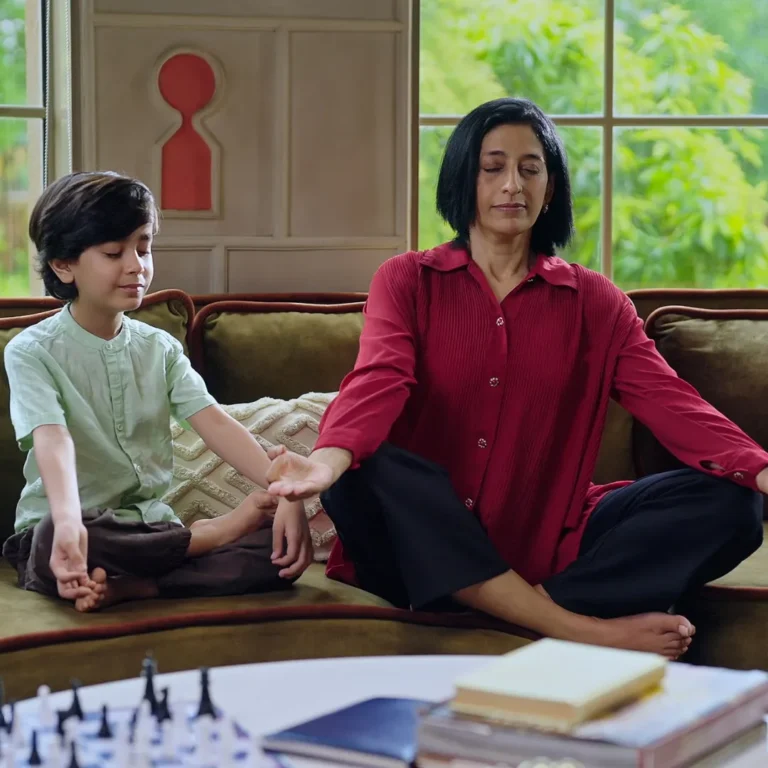Learning Through Play: Fun Diwali Activities for Kids
- Parents
- October 25, 2024
- Viva Education
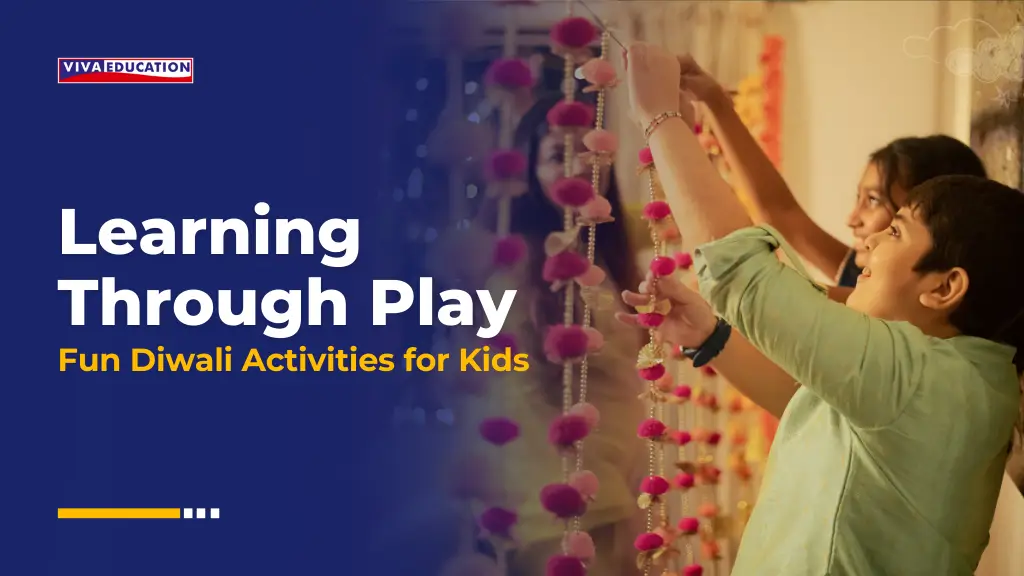
Diwali is such a magical time of year, isn’t it? Homes glow with shimmering lights, the air is filled with the mouthwatering aroma of delicious food, and there’s this incredible feeling of joy and togetherness all around. It’s one of those festivals that truly transcends borders, bringing people closer no matter where they are. And if you’ve got little ones at home, the Diwali holidays are the perfect chance to create unforgettable memories together!
So, why not take this opportunity to bond with your kids through fun and meaningful Diwali activities for kids that promote learning through play?
Let us share some ideas to help you brighten your Diwali this year!
The Meaning of Diwali Festivities
Although popularly known as the festival of lights, Diwali shares a broader concept than sparkles and crackers. It holds great significance in Hindu mythology as it is associated with the celebration of Lord Rama’s return to Ayodhya, marking the victory of goodness over evil deeds of Ravana. Diwali is not confined to being a Hindu festival; it’s an occasion for families and friends to connect, enjoy delicious food, and spread joy and warmth.
List of Fun Diwali Activities for Kids
Viva Education brings you a list of wholesome and fun Diwali activities for kids that you can choose from to engage your children this Diwali.
- Decorating Diyas at Home
Diwali originates from Deepawali, meaning a row of lights or Diyas. Diyas are a core component of the Festival of Lights. Decorating Diyas at home can be a favourite ritual for many kids who love creative activities.
Under the guidance of elders, they can start by selecting plain Diyas and then unleash their painting skills on them. The vibrance of colours will add bling to the Diyas when lit. These beautifully decorated Diyas can be placed in and around the home and used in the puja process, adding creativity and personal charm to the festivities.
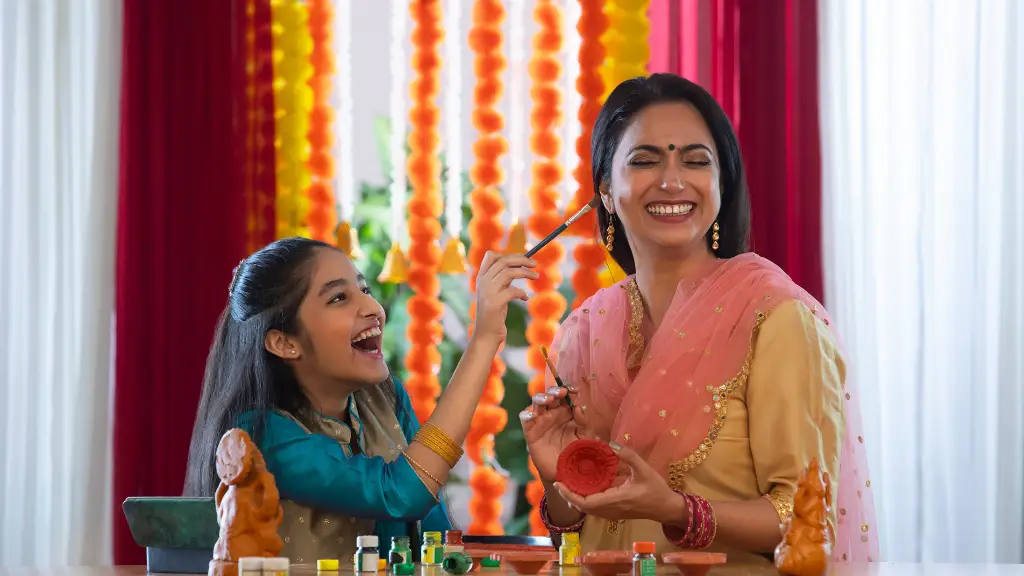
- Making Rangoli
Rangoli is a popular concept in most festivals and so is Diwali. Rangoli is a form of art drawn in patterns, mainly at the entrances of homes or near the place of puja performances.
Rangoli can be made using colours, flowers, and even coloured raw rice grains.
- Making rangoli requires patience and helps kids believe in gradual progress.
- It helps them to focus on the process no matter how iterative it gets.
- For some kids, arts and crafts can be a joyous activity as they love to play with colours and designs.
- Practising art helps kids slow down, enjoy the silence of the process, and connect to themselves.
- Making Diwali Cards
When social media didn’t exist, cards were the original way of greeting people. This practice can be applied today to make your loved ones feel extra special. Parents and their kids can go in to make Diwali cards.
Children can use stationery items and paint shades to fill the card canvas. They can also write small notes for the people they’re making cards for, be they friends or family. This allows them to understand how our words can influence minds and help nurture relationships.
- Making sweets
Food is the next special thing to make and have in Diwali. Home-made sweets have an unmatched taste and are a part of the festive rituals. Families must involve kids in this process to let them know about the behind-the-scenes of the taste they get to have.
For example, making certain types of sweets that need shapes and designs can have kids doing them. It can be ladoos, gujiya etc. This will elate the kids and help create a heart-warming home environment.
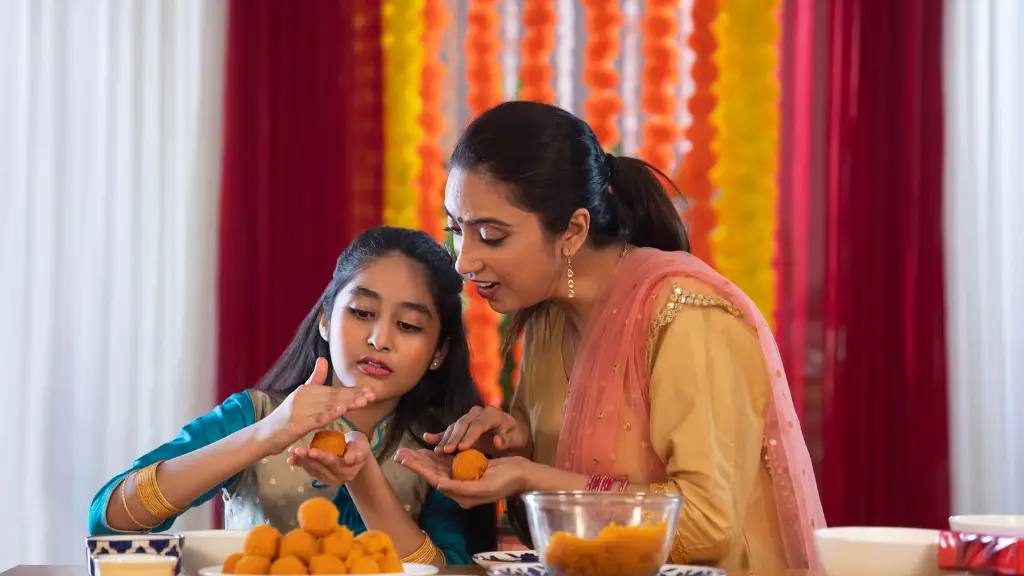
- Learning storytelling
Kids love listening to stories. The family elders can enlighten kids on why Diwali is celebrated and its importance in the community. This will help children connect with the traditions and encourage curiosity about their roots.
Children must also be allowed to ask questions or offer perspectives on the story’s outcomes. This advances their thinking and communication skills while allowing them to develop their social interaction skills.
- Making garlands
Garlands are another decorative item in Diwali that adorns the house. Making garlands is easy, and children should participate in it under the supervision of any family member. These garlands can be made from a particular type of flower or a combination of different flowers, subject to a child’s imagination.
Garlands are helpful in the puja process to put them around the idols of Lord Ganesha and Lakshmi Maa. These decor items can add grace to the corners of your house or can be hung from the ceiling as embellishments to give off festive vibes.
Celebrating an Eco-Friendly Diwali
With its message of light and goodness, Diwali gives us the perfect opportunity to reflect on how we can celebrate while being kind to the world around us. That’s why celebrating Diwali in an eco-friendly way is so important; the goal is to enjoy the festivities without harming Mother Earth.
By teaching our children about a Green, pollution-free Diwali, we inspire them to make conscious choices that benefit everyone. Imagine the impact if they start small—like using natural flowers or homemade dyes for their rangoli, reducing noisy, air-polluting crackers, or swapping plastic gift bags for reusable cloth ones.
These simple changes can spark conversations, encourage others to do the same and create a ripple effect of positive change. When we celebrate in a way that’s mindful of the environment, we truly embody the spirit of Diwali—spreading light, peace, and care for all.
Nurturing Lifelong Values Through Diwali Traditions
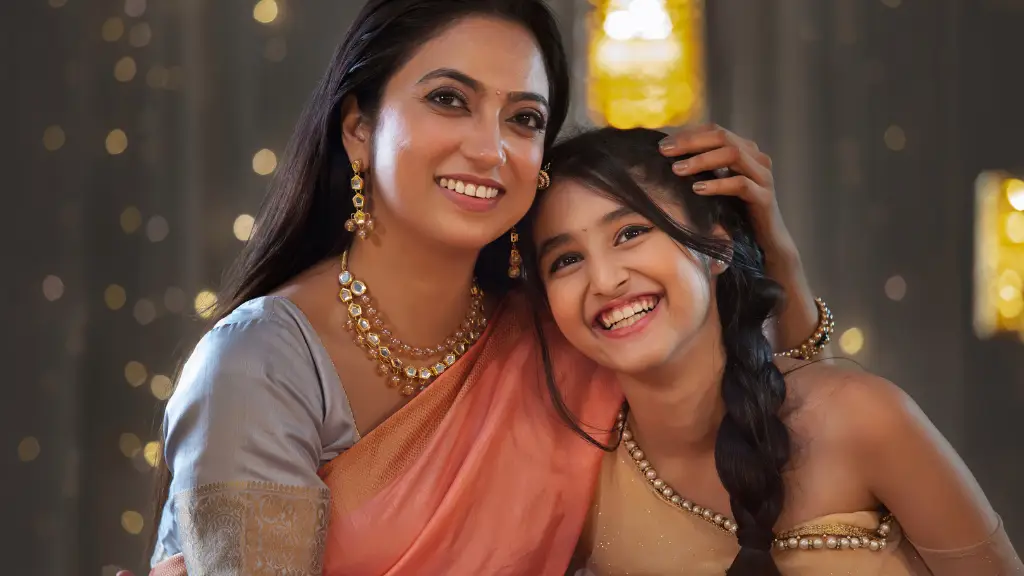
Diwali activities for kids offer a wonderful way to strengthen children’s essential life skills and habits through learning through play, while keeping the joy and excitement alive.
The rituals of decorating the home and preparing festive food spark a child’s creativity and help them appreciate the richness of their culture.
Parents can involve a trusted educator to guide their children in these activities, enriching the experience.
Taking time during these festivals and fostering these lifelong valuable skills in children will aid parents in creating responsible and culturally aware individuals.



